And we understand that many parents are concerned about how disposable nappies and wipes would fit into the need for sustainable living. Upgrade to a membership and save big time. Some of these materials, such as plastic and petroleum, end up breaking down extremely slowly. Are diapers biodegradable? Pure is soft and comfy with materials that do not chafe or bind, but there are options in the lineup that are more comfortable. Diapers marketed as biodegradable or compostable can absolutely be as absorbent and secure as regular diapers — it just depends on the brand! You may also like Parents who are concerned about the environment should look into eco-friendly diaper options. Your pocket book will thank you too. Dioxins are persistent organic pollutants. Help premature babies get the best possible start in life by supporting 1 them, their parents and neonatal experts. Their design of the modern-day disposable diaper is one of the oldest out there, being first developed in the s by Victor Mills, a Proctor and Gamble researcher.
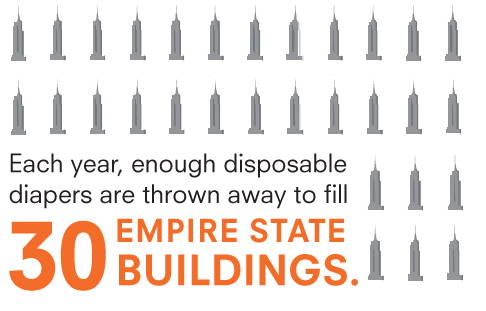
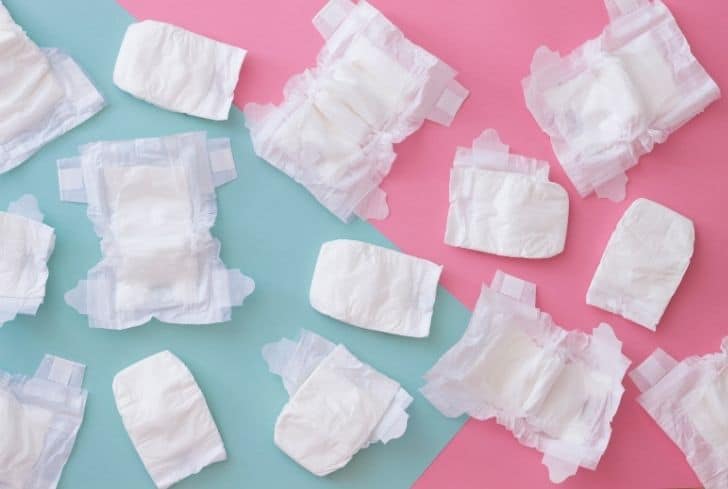
Inks made without disperse dyes. TBT is an extremely poisonous substance that can impair the immune system and disturb hormone function. Compare to Similar Products. They use less chemicals and have a lower carbon footprint in production than standard disposables. Synthetic dyes and perfumes Diapers use synthetic dyes, most common for the cute colored prints they have on the outside and for the colored straps and strips that inform you whether the baby needs to be changed wetness indicators. In some cases, companies are combining both cloth and eco-friendly disposable components to make what is referred to as a "hybrid" diaper.
Most Diapers Are Not Biodegradable
These have the added benefit of being free of chlorine and perfumes, with a core made of sustainably harvested wood pulp fibers. GroVia offers one of the best known hybrid diapers, which lets you choose between cloth absorbency or a disposable absorbency layer which is made primarily from biodegradable and compostable materials. Experts recommend shopping for non-toxic natural diaper products that are chlorine-free. Which eco nappies are best for the environment? Synthetic dyes and perfumes Diapers use synthetic dyes, most common for the cute colored prints they have on the outside and for the colored straps and strips that inform you whether the baby needs to be changed wetness indicators. Adhesives, dyes, and perfumes in diapers contain phthalates, too, which are preferred for softening plastics. By: Terese Flores The anticipation of bringing a new life into the world is both thrilling and nerve-wracking. This lack of certification transparency possibly indicates potential greenwashing is afoot. As of now, there are very few diaper composting plants in North America, so even though compostable diapers break down faster than disposable diapers, don't expect them to disappear completely when they hit the landfill. All Rights Reserved. In fact, most diapers in use today are not. Using renewable sources and practising greener manufacture and operations,these brands have a lower carbon and chemical input than normal oil-based plastic versions. The stretchy side tabs allow for a snug fit without sharp corners digging into the baby's belly. By: Terese Flores Welcoming a new baby into the family is a significant decision that comes with a multitude of
Sustainability | Pampers
- If you'd like to dip your toes into cloth nappies, you should definitely check out our Cheeky Doodoo nappies.
- Made with "Drylock" technology, which means less wood pulp is used for core of diaper.
- Growing and harvesting cotton along with washing and caring for cloth diapers has a significant water impact, and cotton, in general, has a high carbon footprint.
- You can upgrade your subscription to a membership just by ordering a 3-pack box of diapers.
Most disposable diapers are not biodegradable leading many to think that the only eco-friendly diapering option is cloth diapers. There are disposable diaper brands, like Eco Pea Co. In addition to being biodegradable, plant-based diapers made of bamboo are also:. Babies will use diapers during their first year of life, leading to diapers being the third largest single consumer item that ends up in landfills. This is because most disposable diapers take around years to decompose. Eco Pea Co. Diapers are not recyclable, and most non-compostable diapers need to be disposed of in the trash. This is because many diapers contain different materials such as paper, plastic and absorbent material they are also contaminated with human waste, which deems them not eligible for recycling but diapers from brands like Eco Pea Co. Most disposable diapers are not biodegradable and are therefore not compostable. To top it off, our shipping process is carbon neutral! We recommend disposing of Eco Pea Co. Luckily, that's a far cry from the reality of most bamboo diapers. Bamboo diapers can offer a range of benefits that can seriously enhance your diapering endeavors, and is very different from cotton in many ways. Here are a few features of bamboo vs cotton cloth diapers to consider:. Are Diapers Biodegradable?
Entice customers to sign up for your mailing list with discounts or exclusive offers. Include an image for extra impact. Not all diapers are biodegradable or eco-friendly. In fact, most diapers in use today are not. A typical disposable diaper takes hundreds of years to fully decompose - though nobody REALLY knows, are pampers biodegradable, since no disposables have been in the landfill that long! According are pampers biodegradable the EPA, potentially toxic waste is left to sit inside landfills in plastic diapers for centuries. The average baby and there are LOTS of babies out there! Some modern cloth diaper companies, such as GroViaare presenting environmentally-friendly solutions to this problem. One method of reducing disposable diaper waste is the production sklep pamper cloth and reusable diapers.
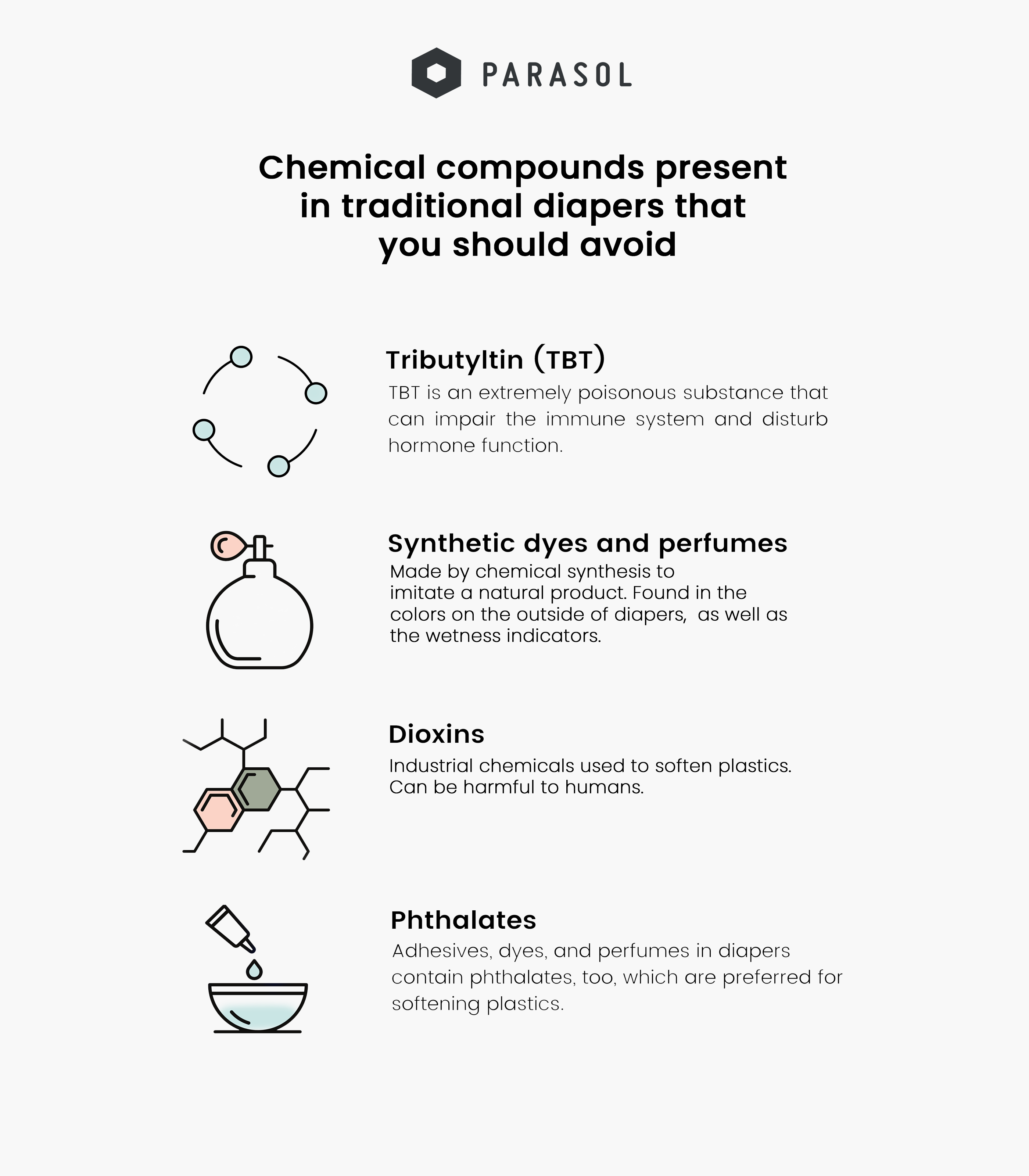
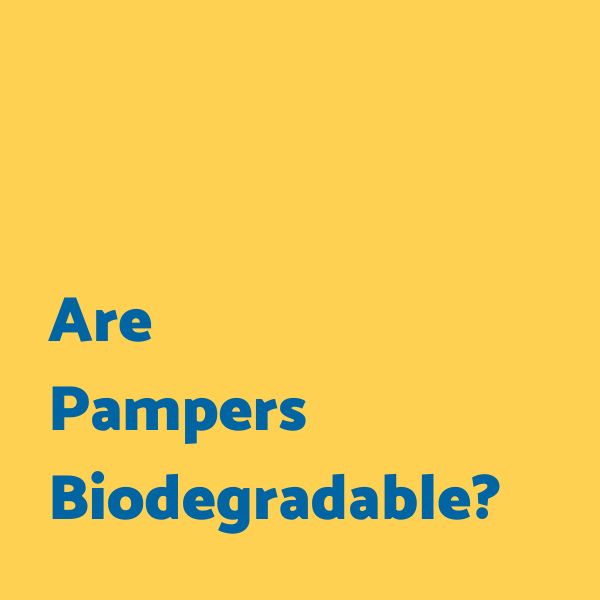
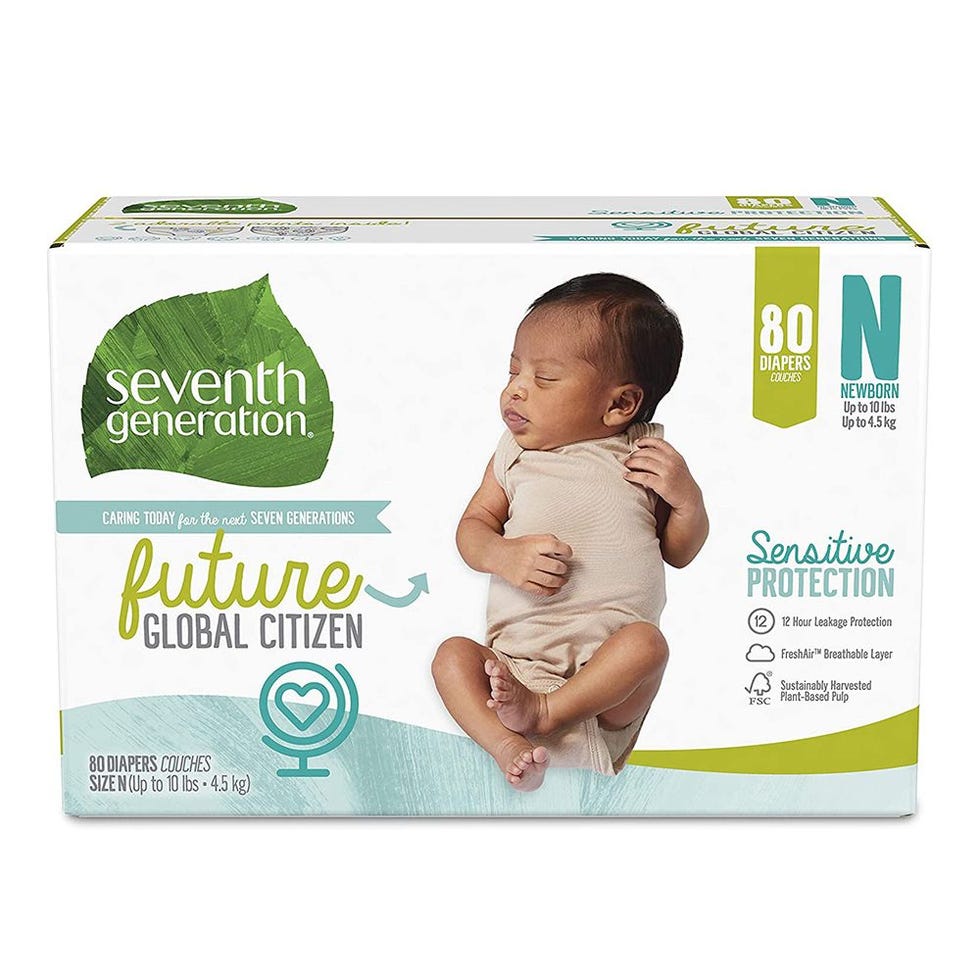
Are pampers biodegradable. Eco Nappies vs Disposable Nappies: Which is better?
Wildly popular, Pampers is possibly one of the most well-known diaper brands owned by Proctor and Gamble. Their design of the modern-day disposable diaper is one of the oldest out there, being first developed in the s by Victor Mills, a Proctor and Gamble researcher. The initial design of the diaper was very simplistic and bulky. With the additions of elastic leg gussets, are pampers biodegradable, tape closure tabs, and new absorbent core material, Pampers have are pampers biodegradable evolving through the years to be the diapers we know today. Pampers Pure scored about average compared to the other diapers in our best disposable diaper review. Its ability to absorb liquids quickly and lock them away is better than much of the competition. It also has better leak performance, with fewer leaks during testing and reported by other users. Both of these are pampers biodegradable are critical to diaper functionality, so a higher score here is a big plus. Pure is the first green diaper from Pampers, boasting slightly more eco-friendly practices and healthier components, are pampers biodegradable. And it is more durable than most diapers in the lineup with few reports of faulty tabs or leaking SAP. In true Pampers fashion, the Pure diaper is soft inside and out. The leg gussets are free of scratchy and pokey material.
Our Approach
That's when we launched our reusable wipes kit which makes it easy for parents to use reusable wipes, even if they use disposable nappies. That you are going to have to feed and look after and clean and get to sleep. How long does it take Pampers nappies to biodegrade?
Are Diapers Biodegradable?

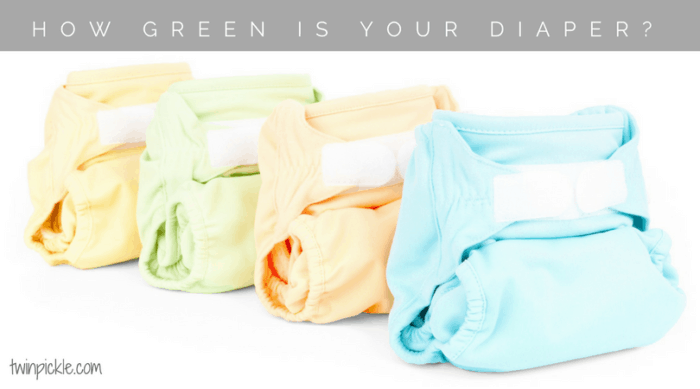
HYBRID Baby Diaper - an ecofriendly alternative for disposables and cloth
0 thoughts on “Are pampers biodegradable”